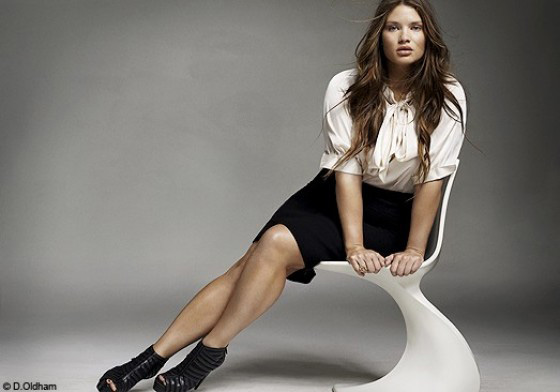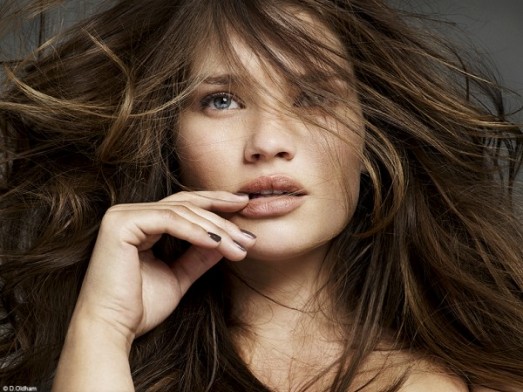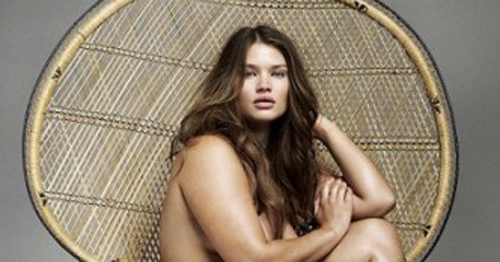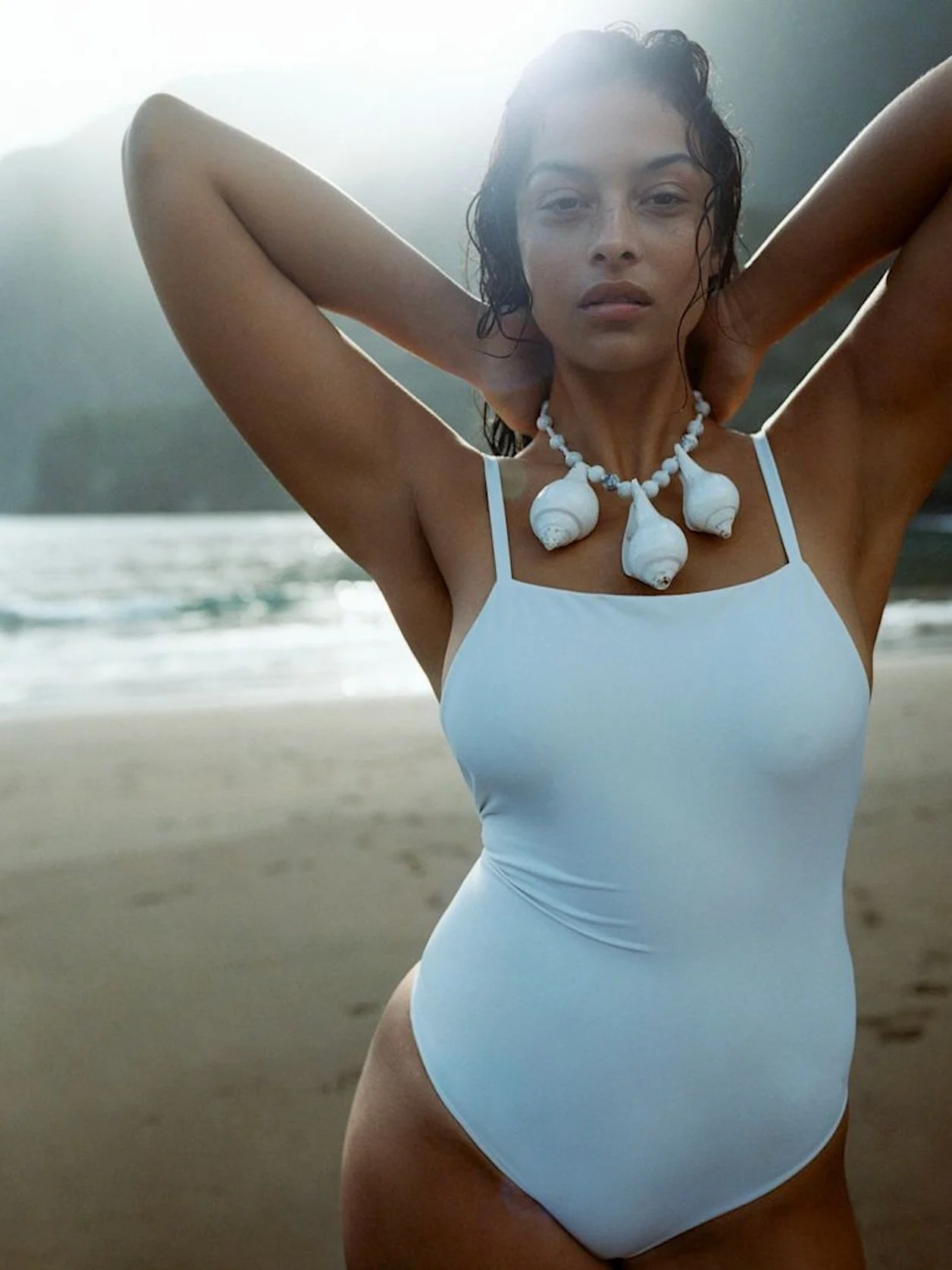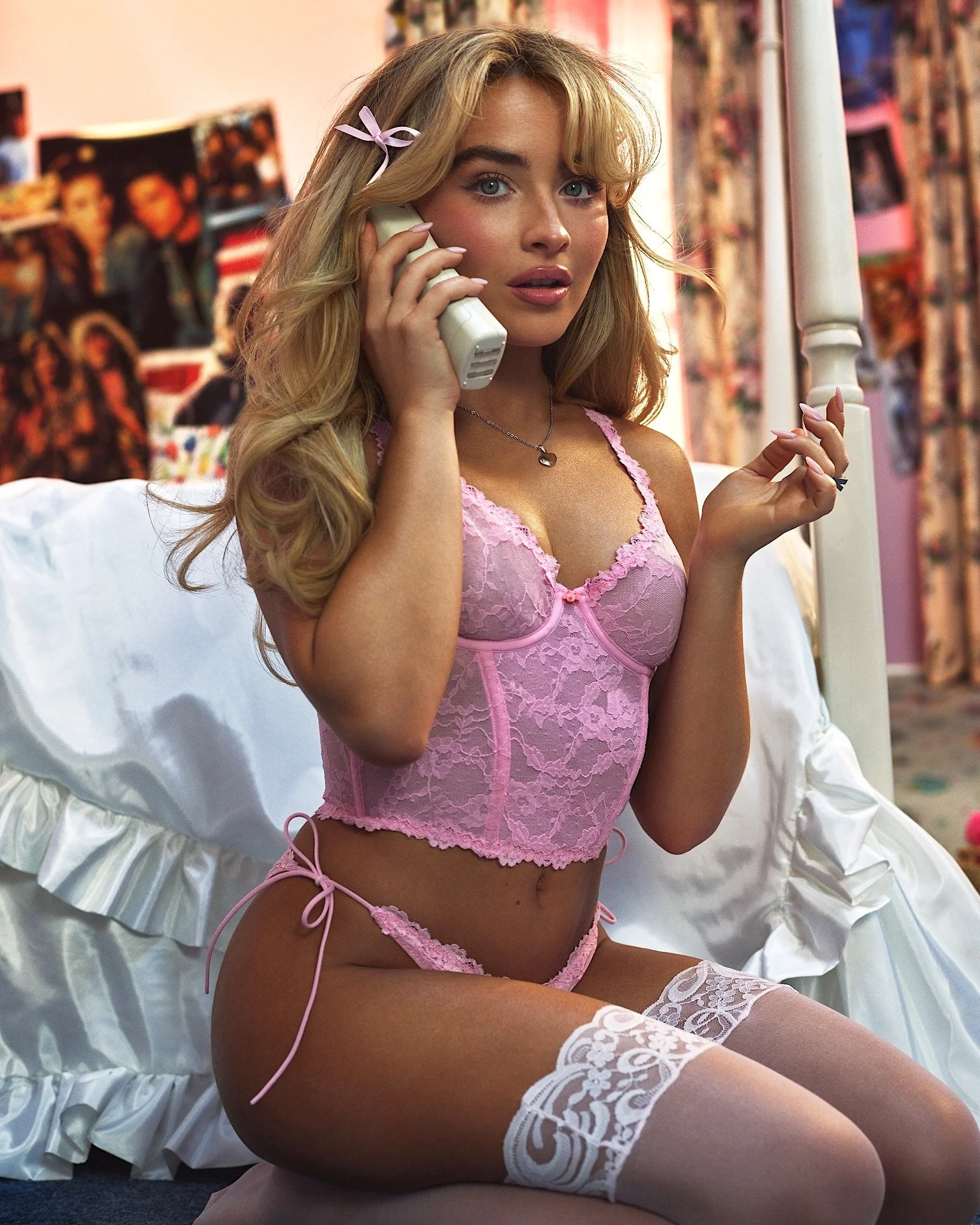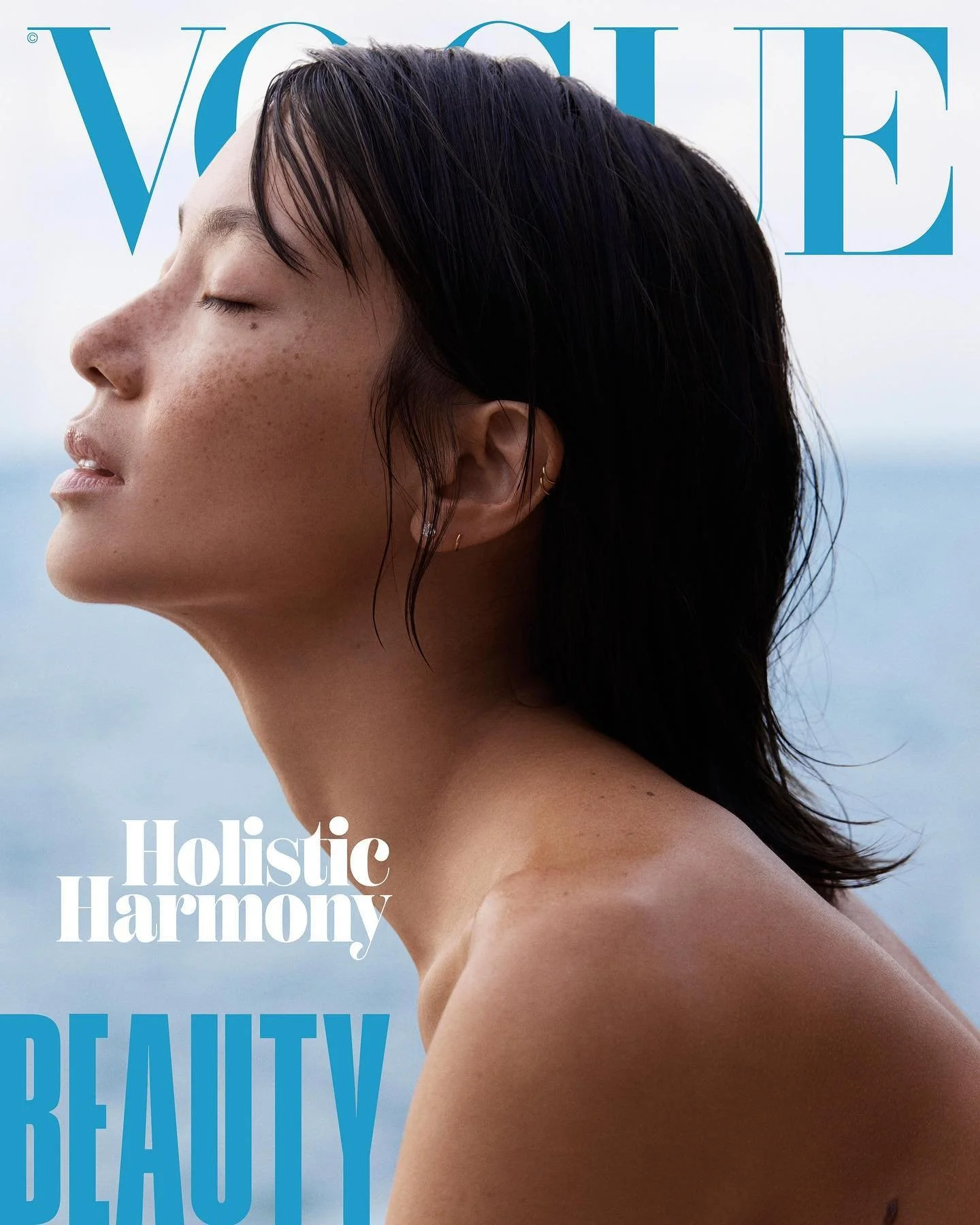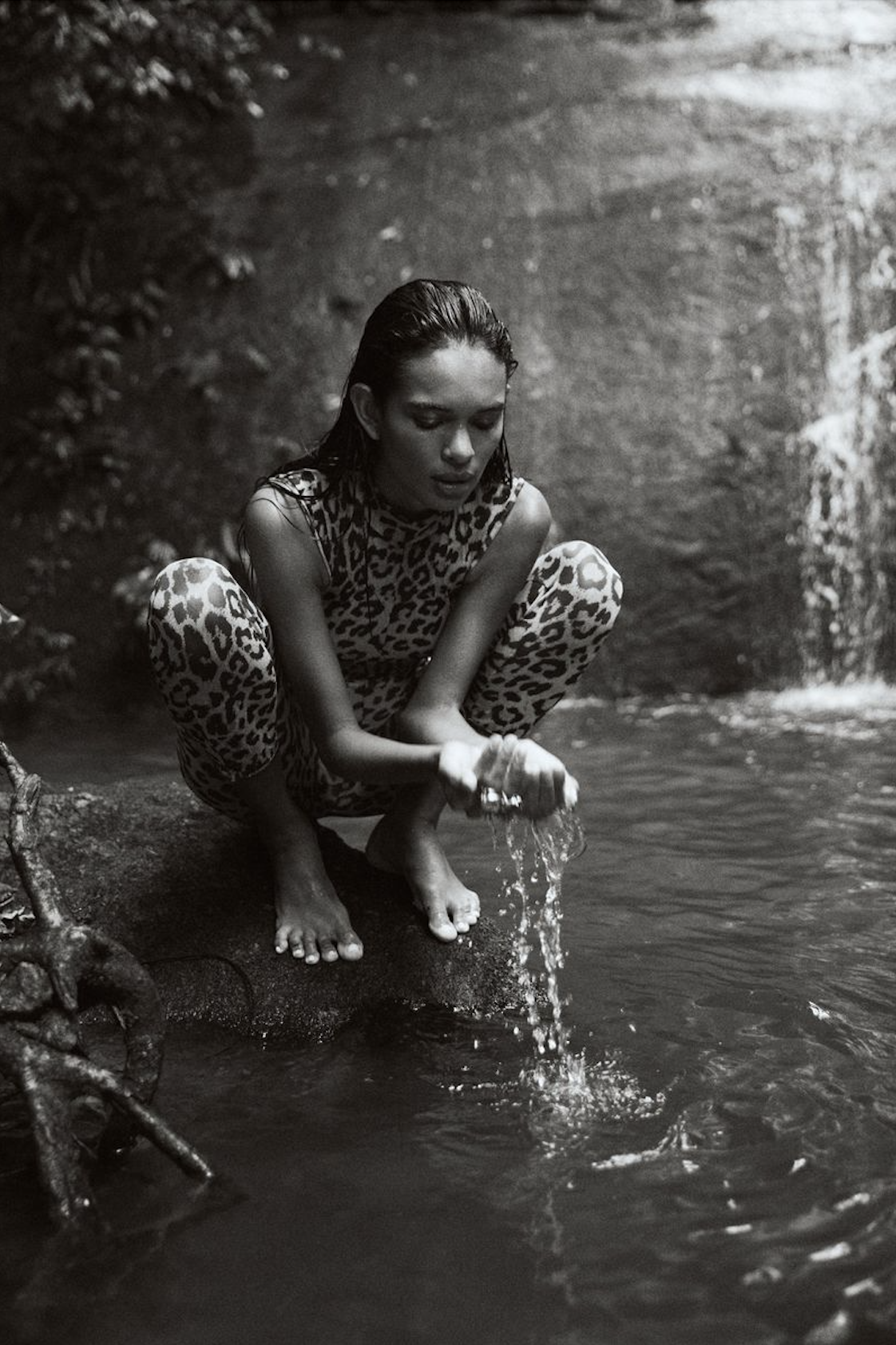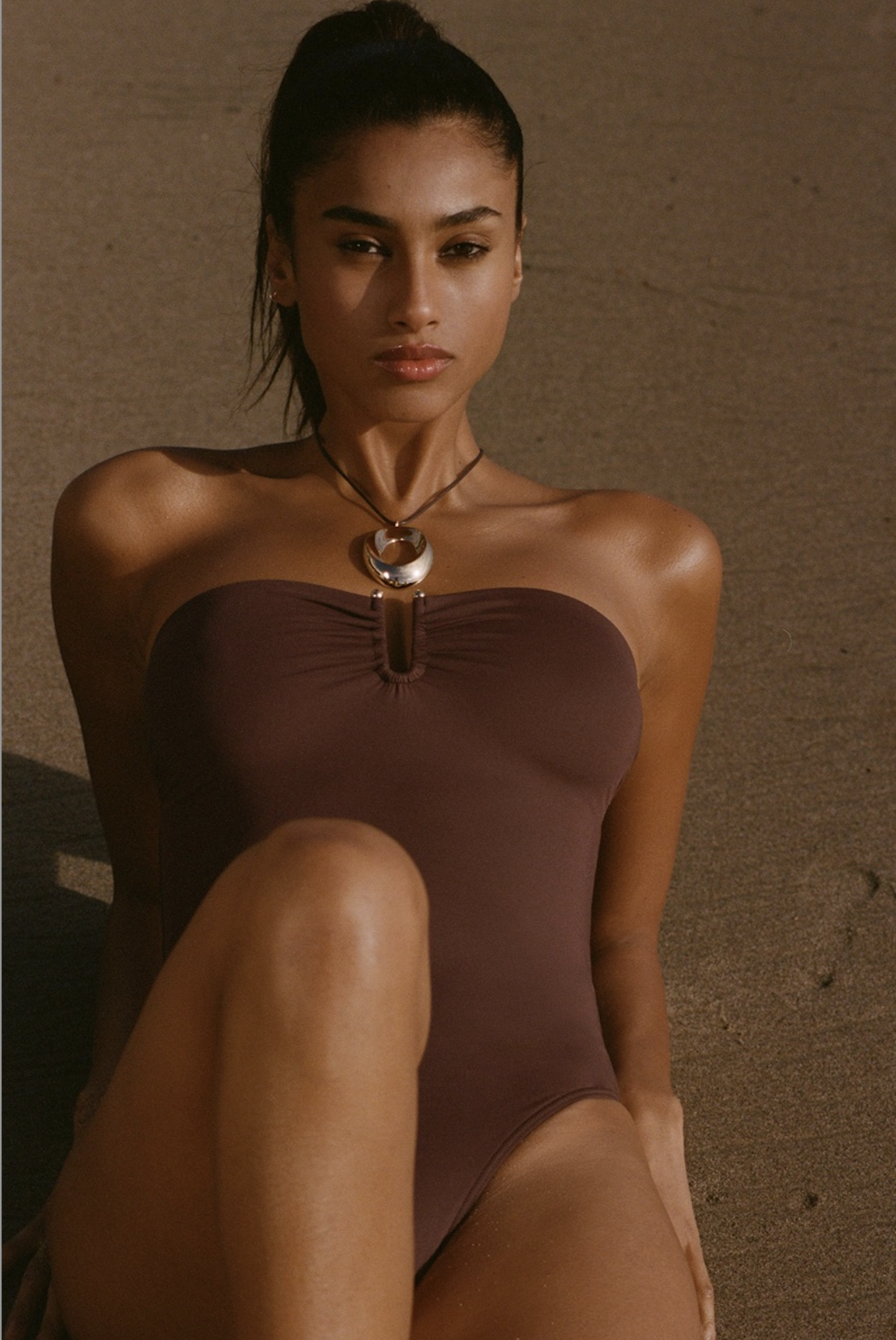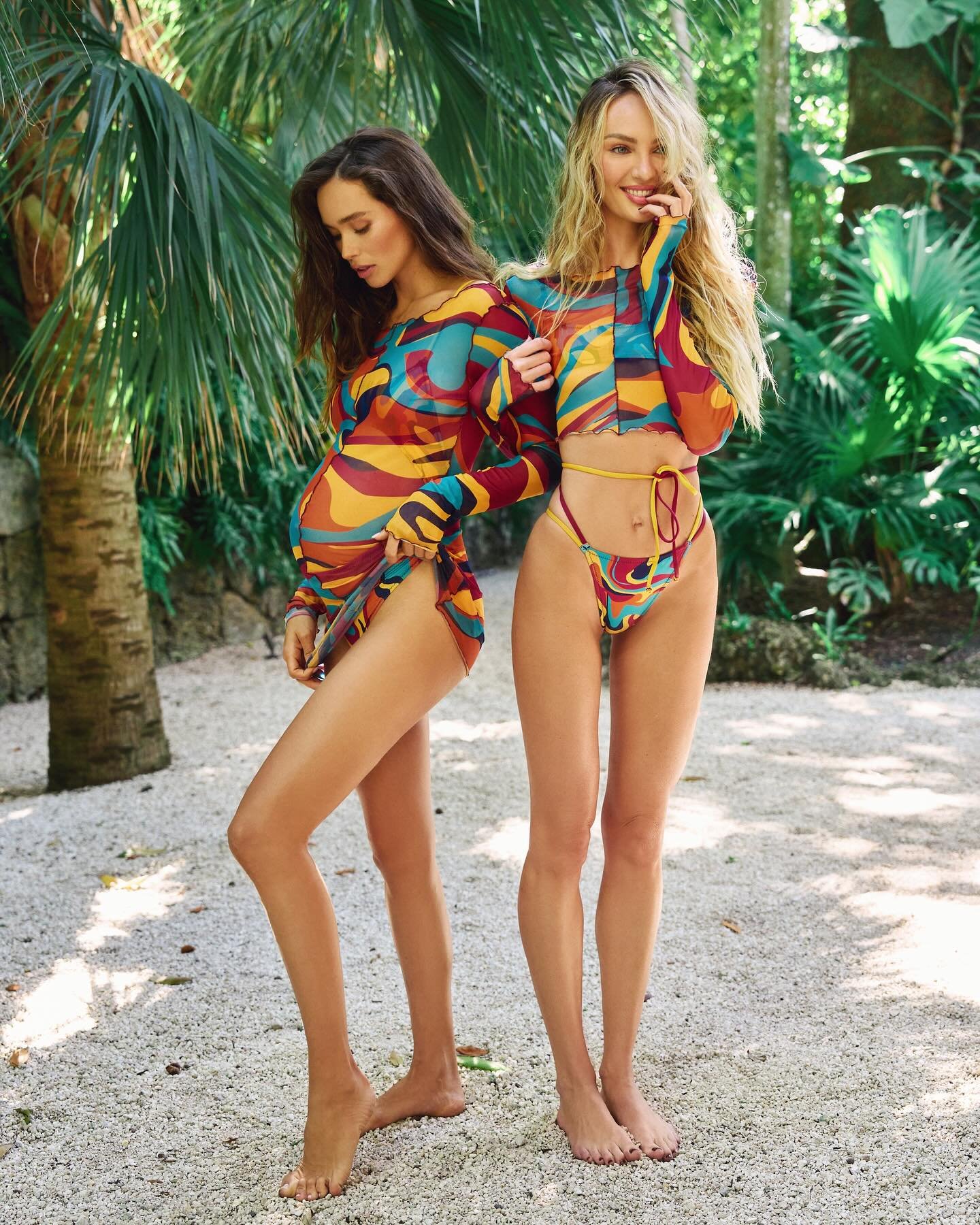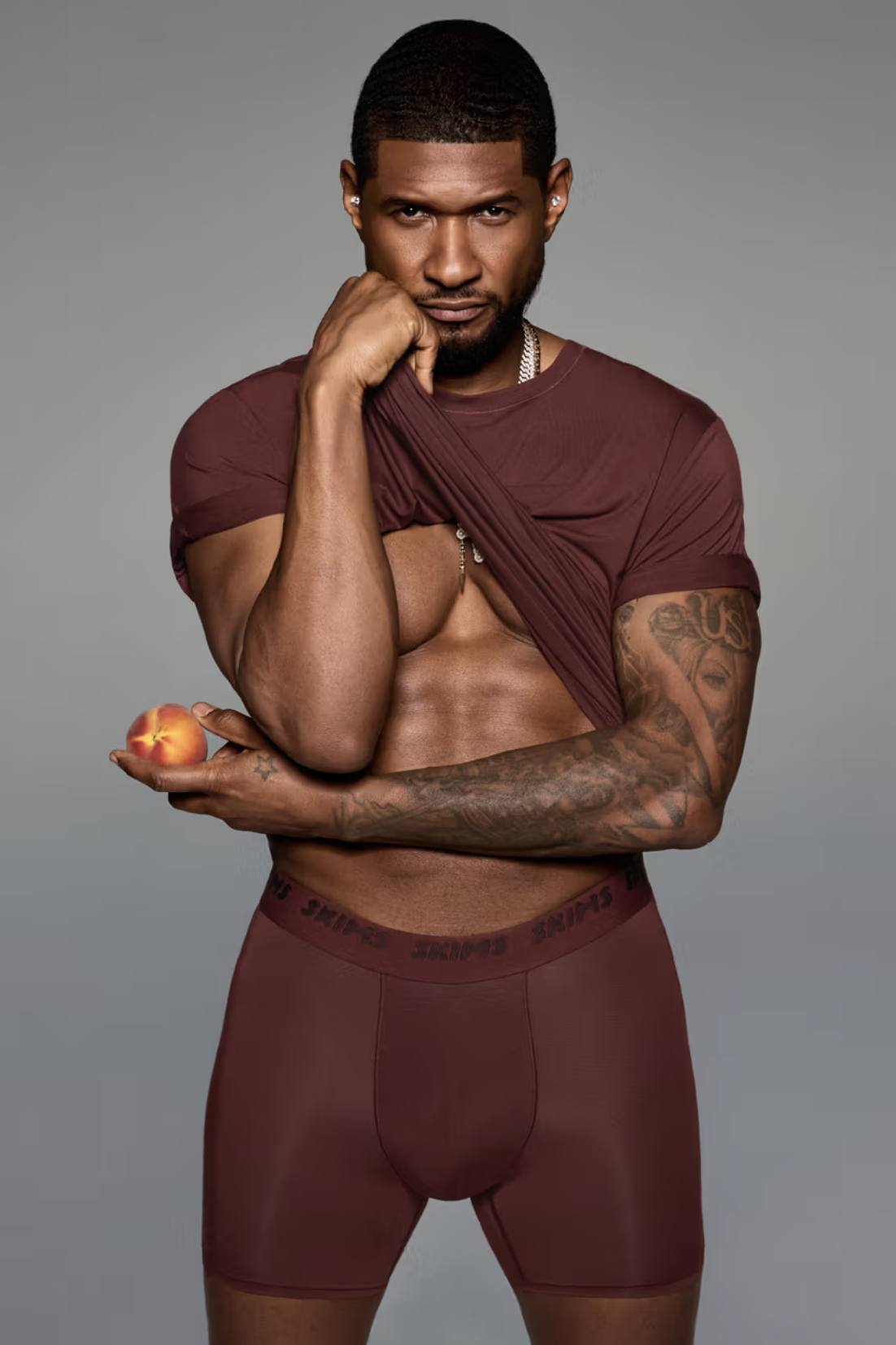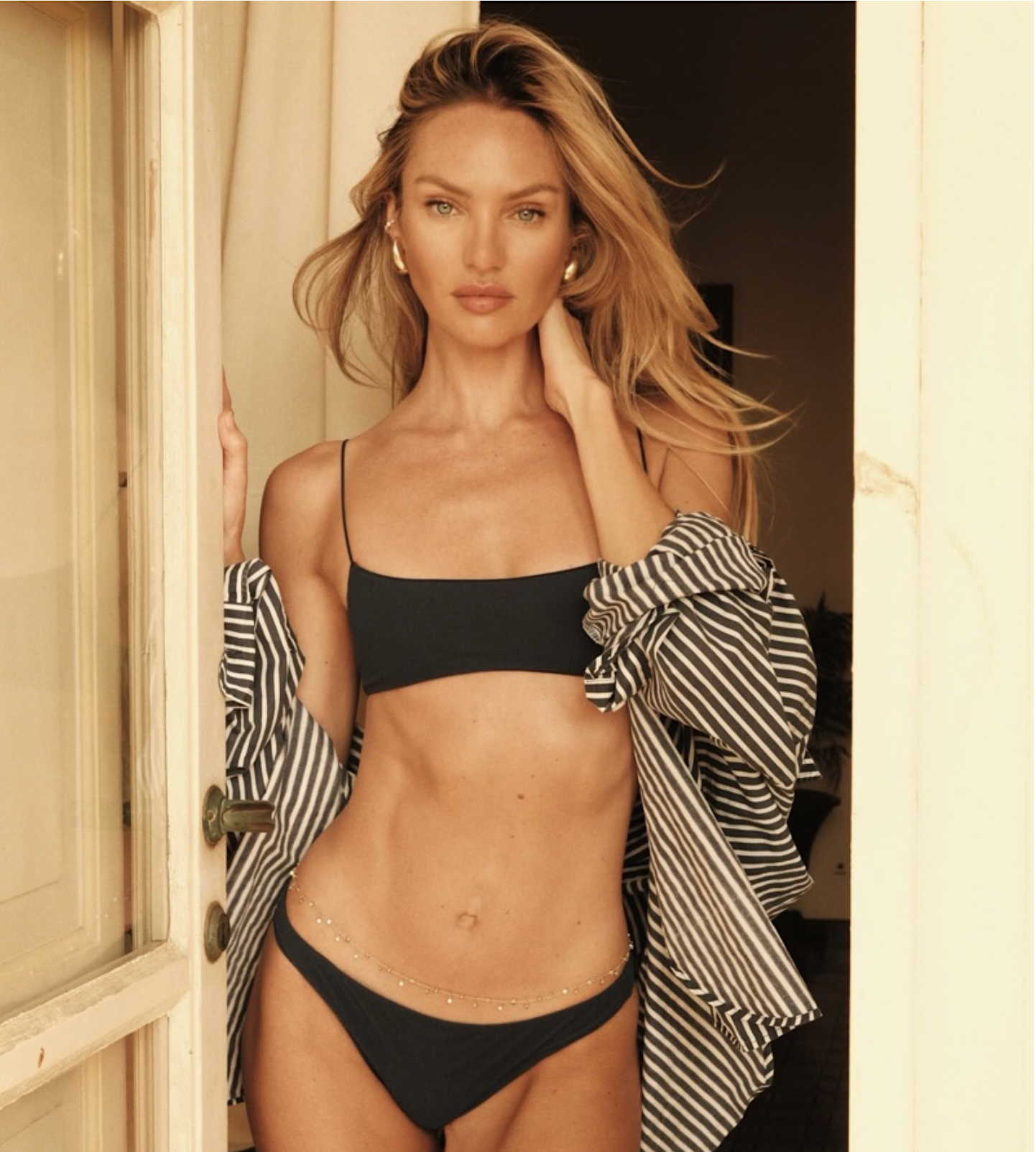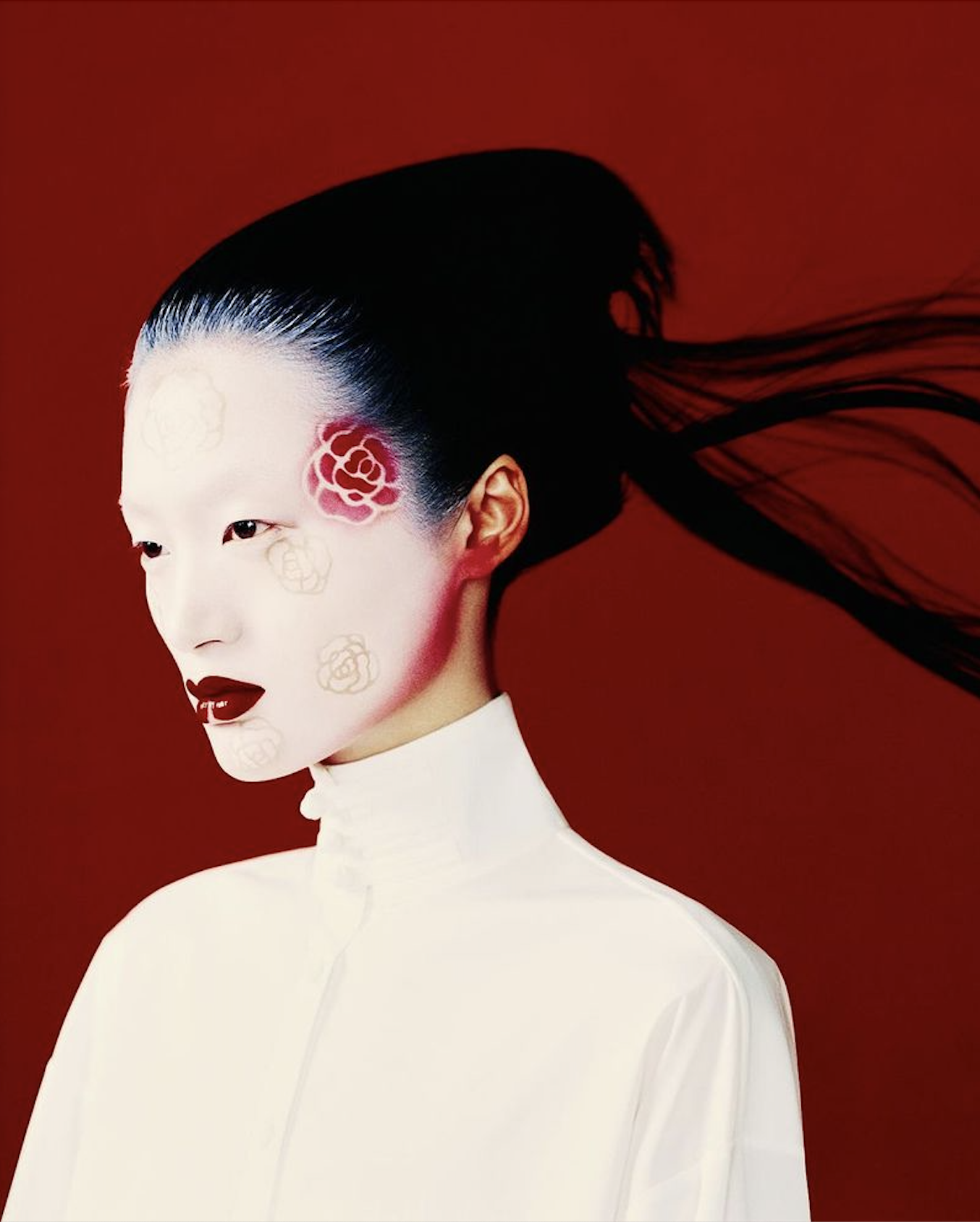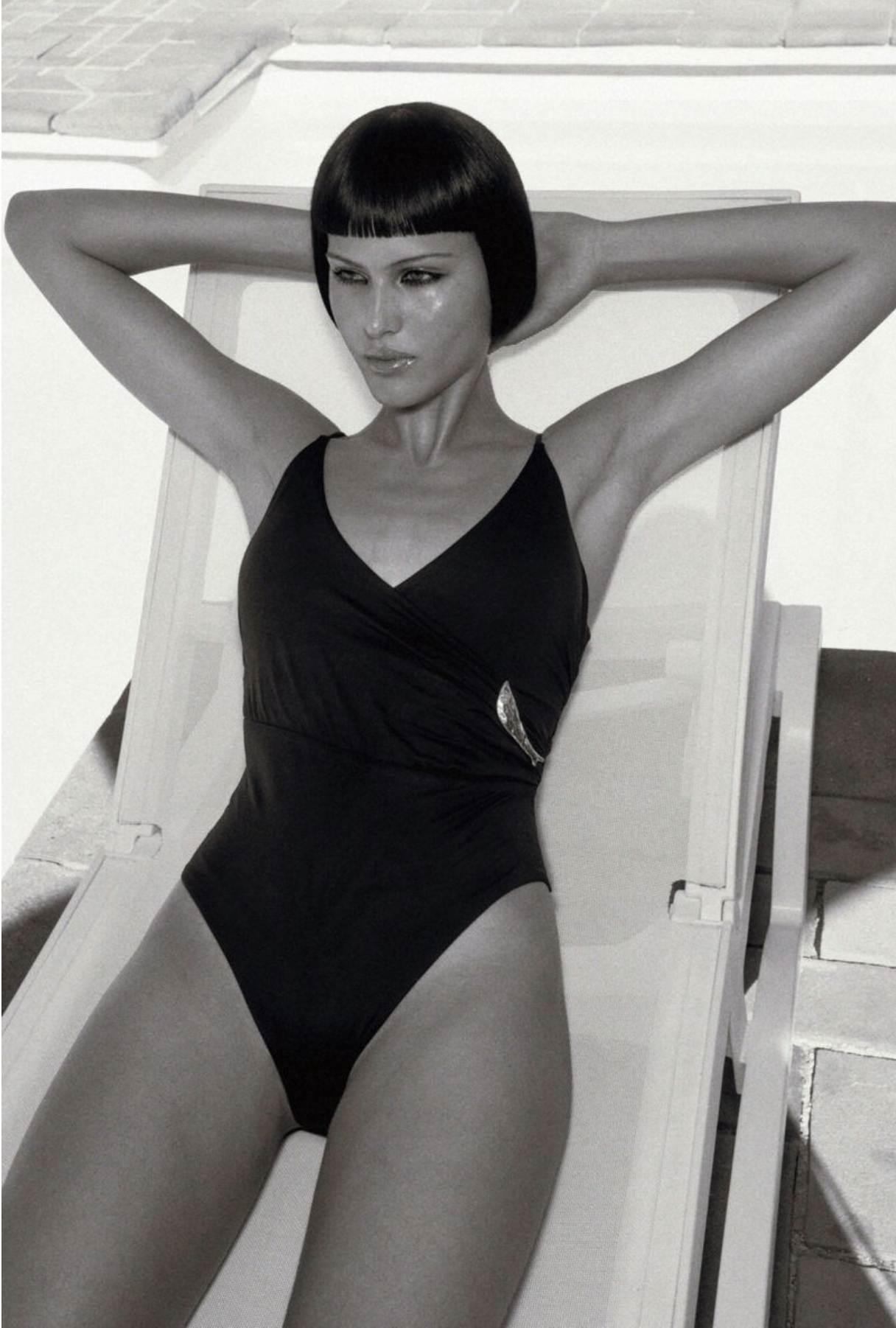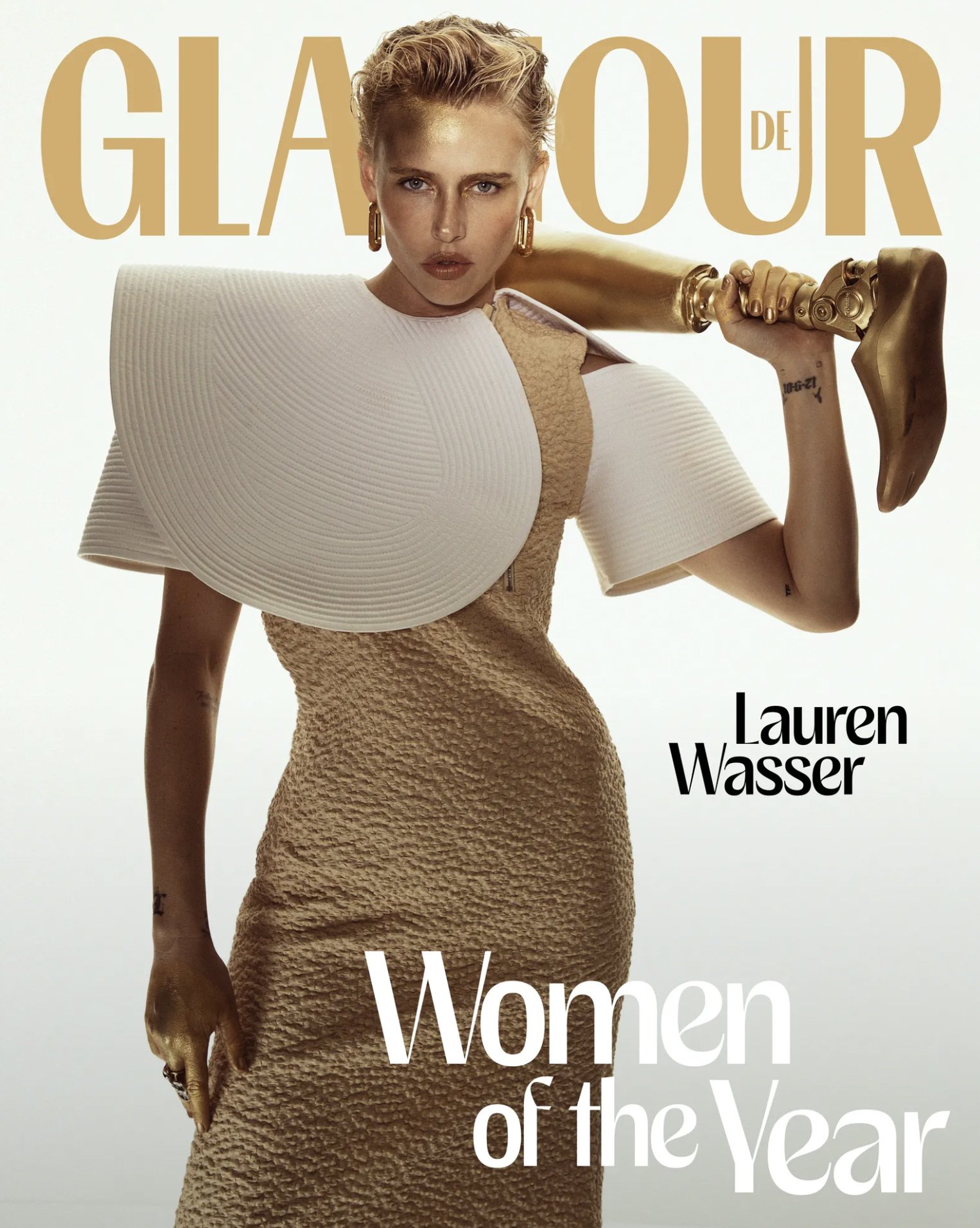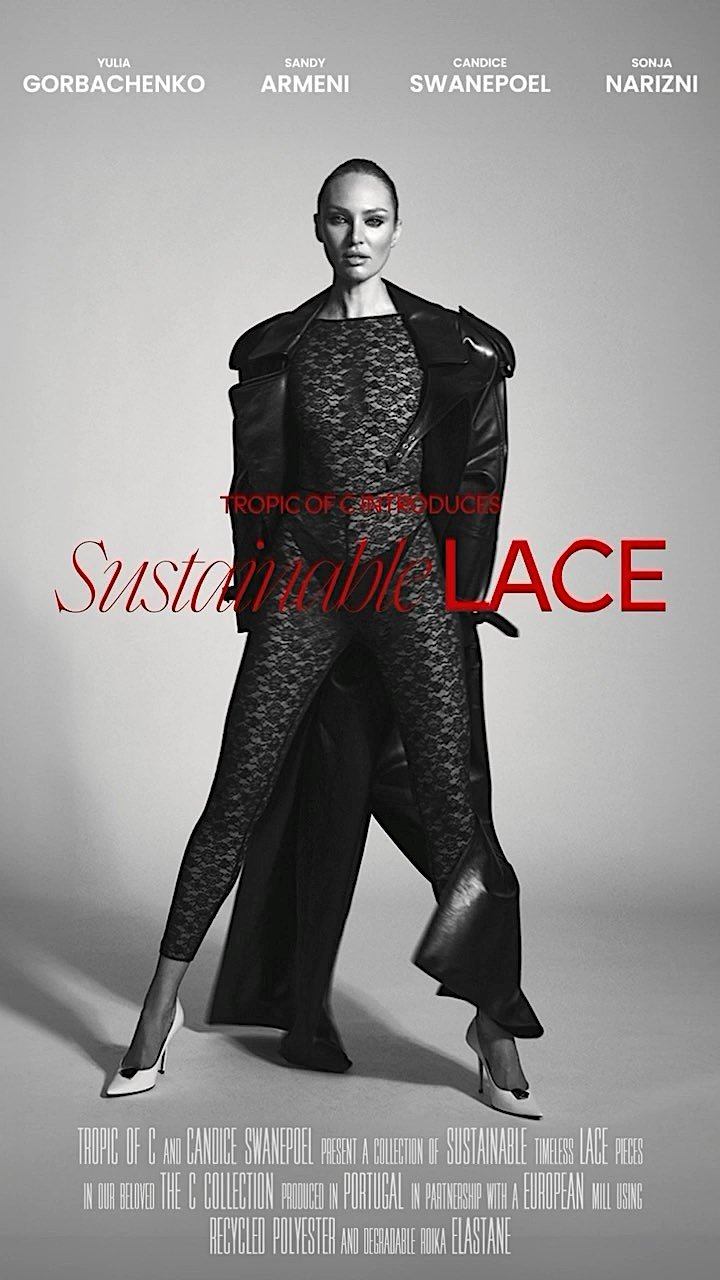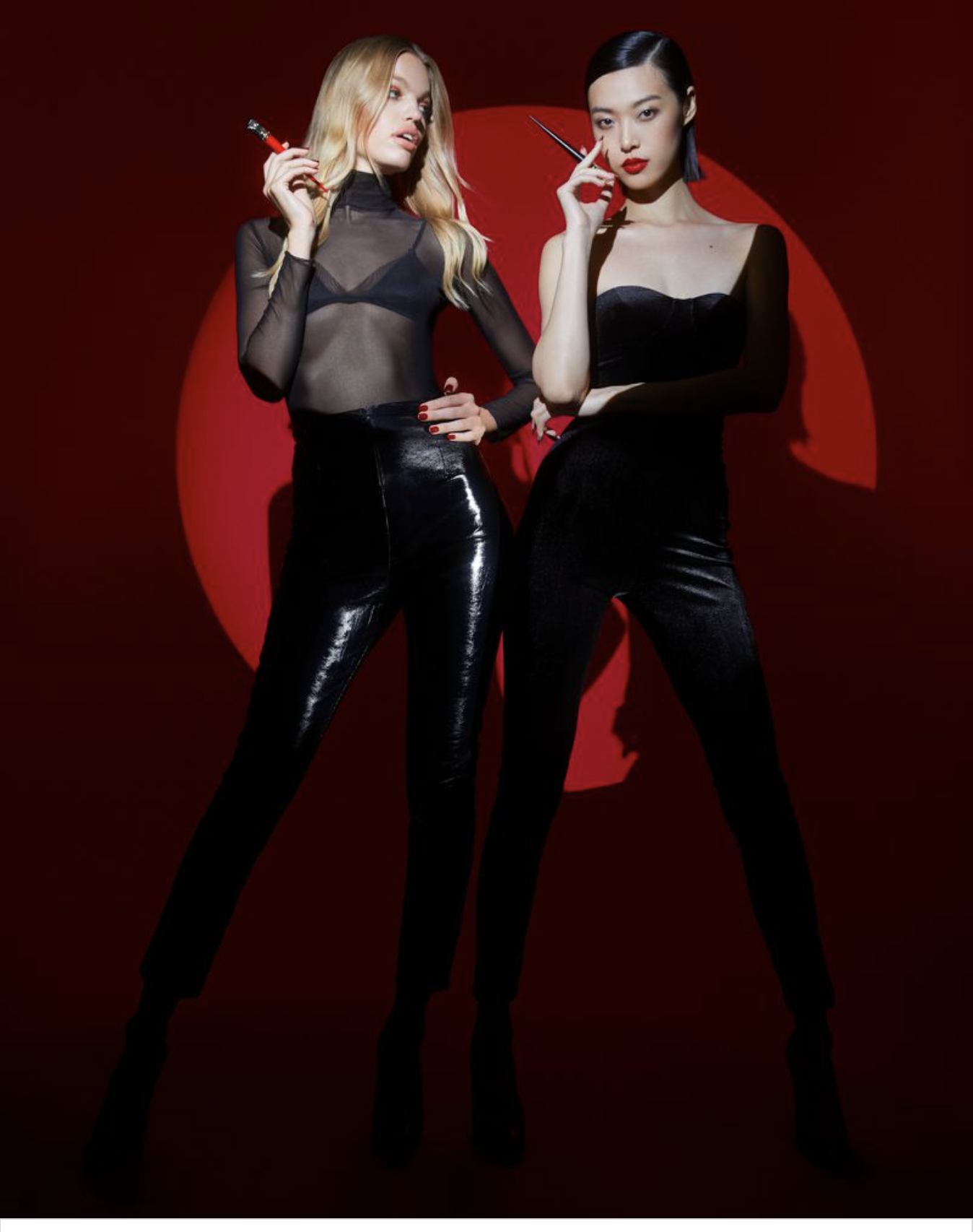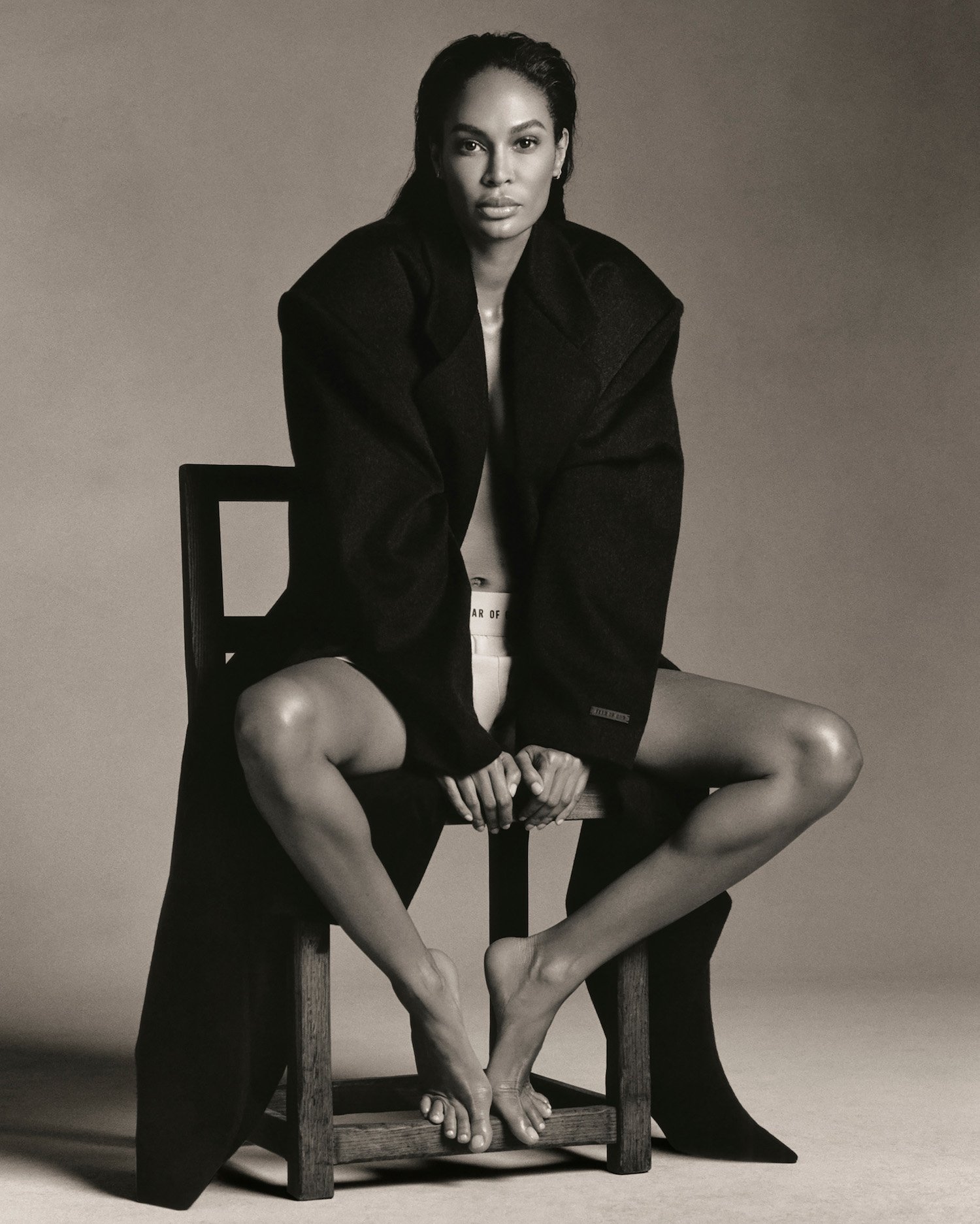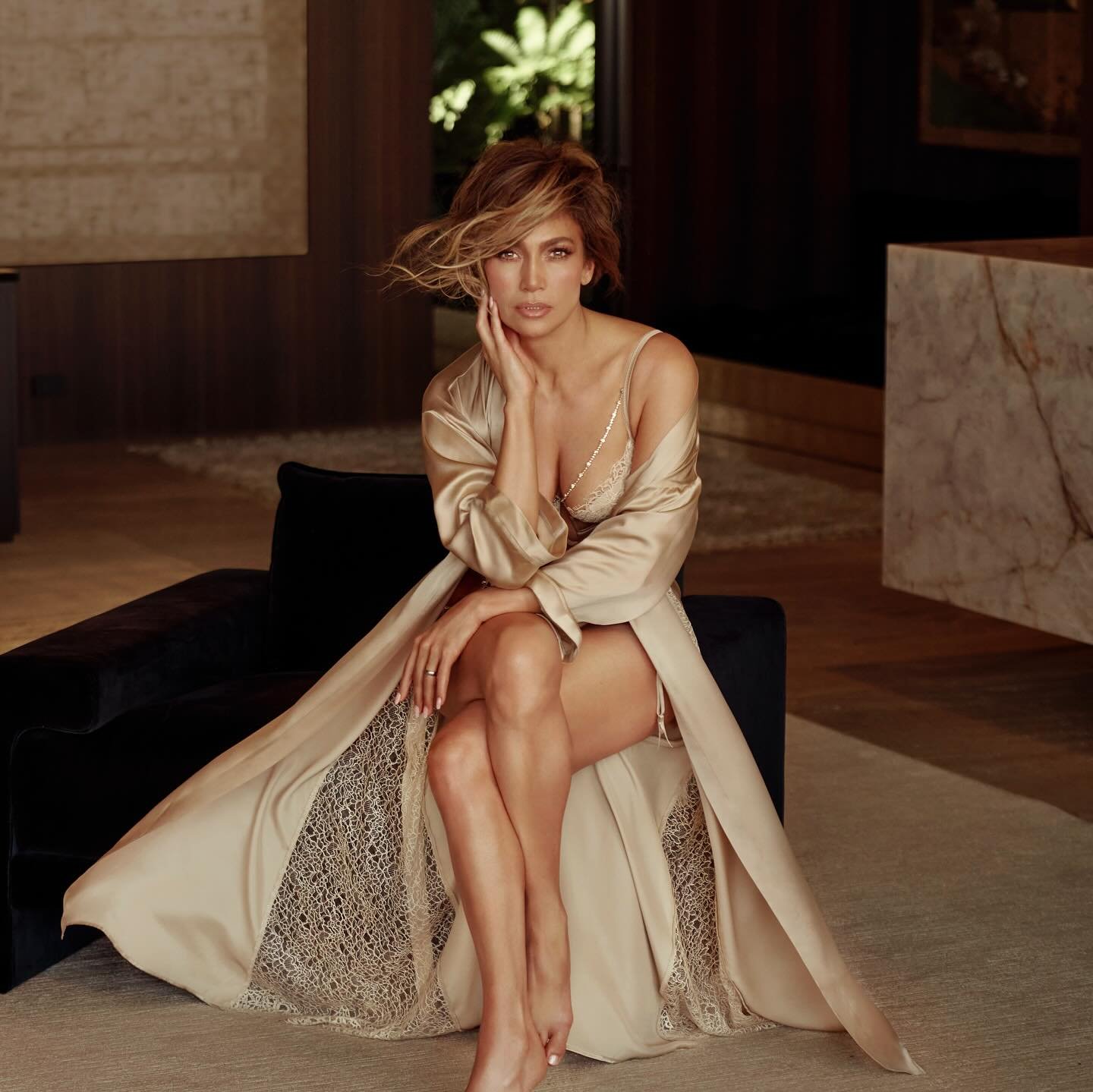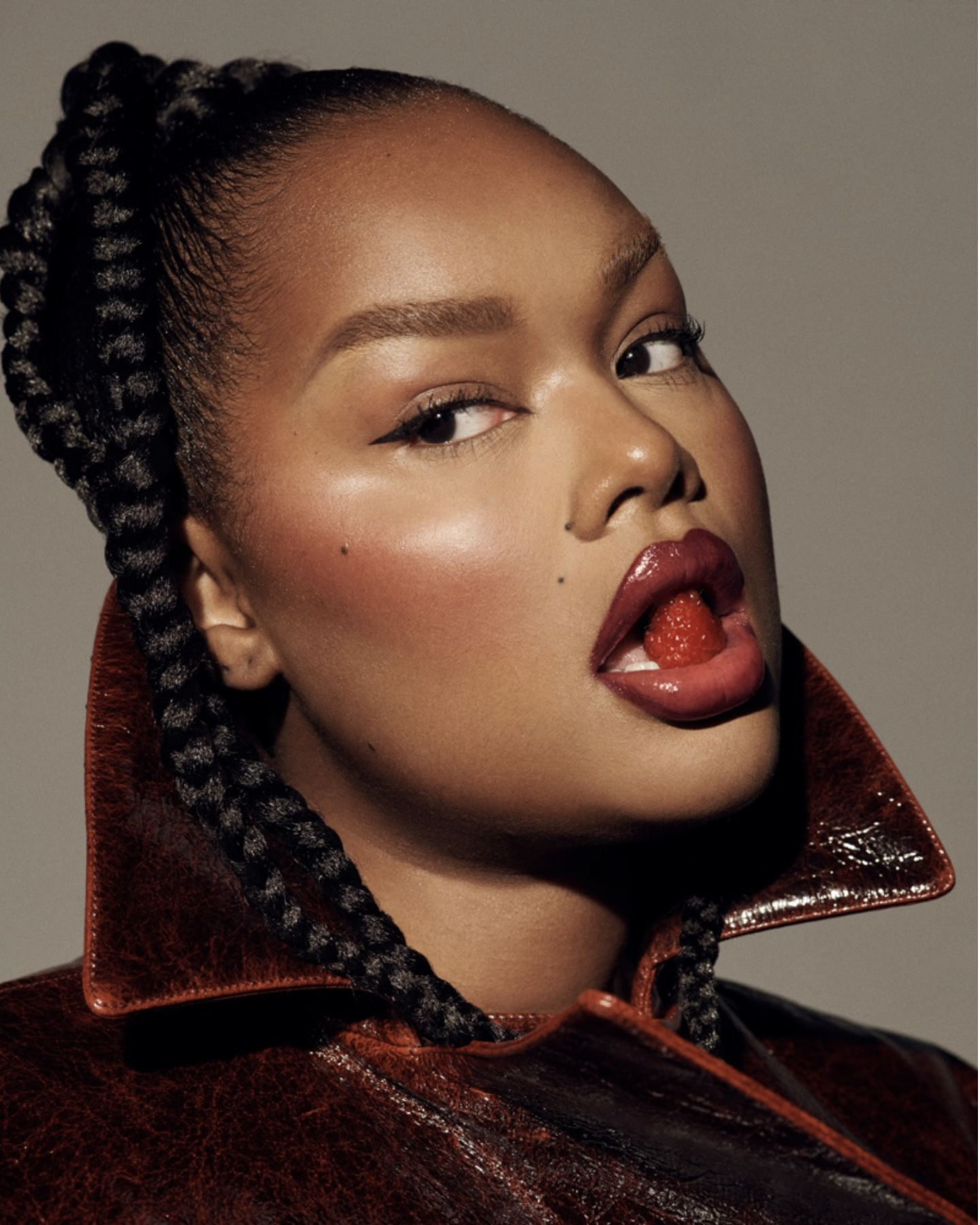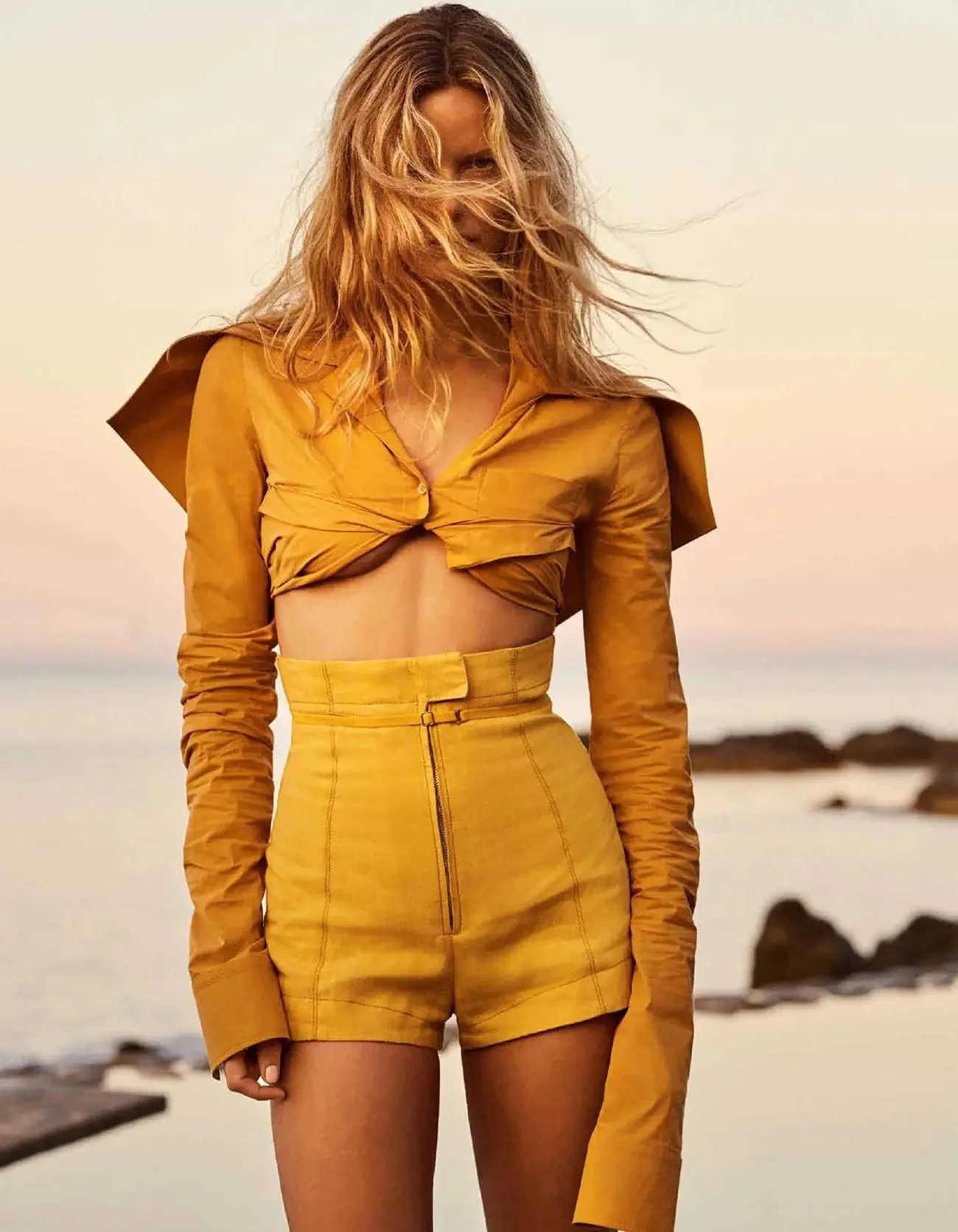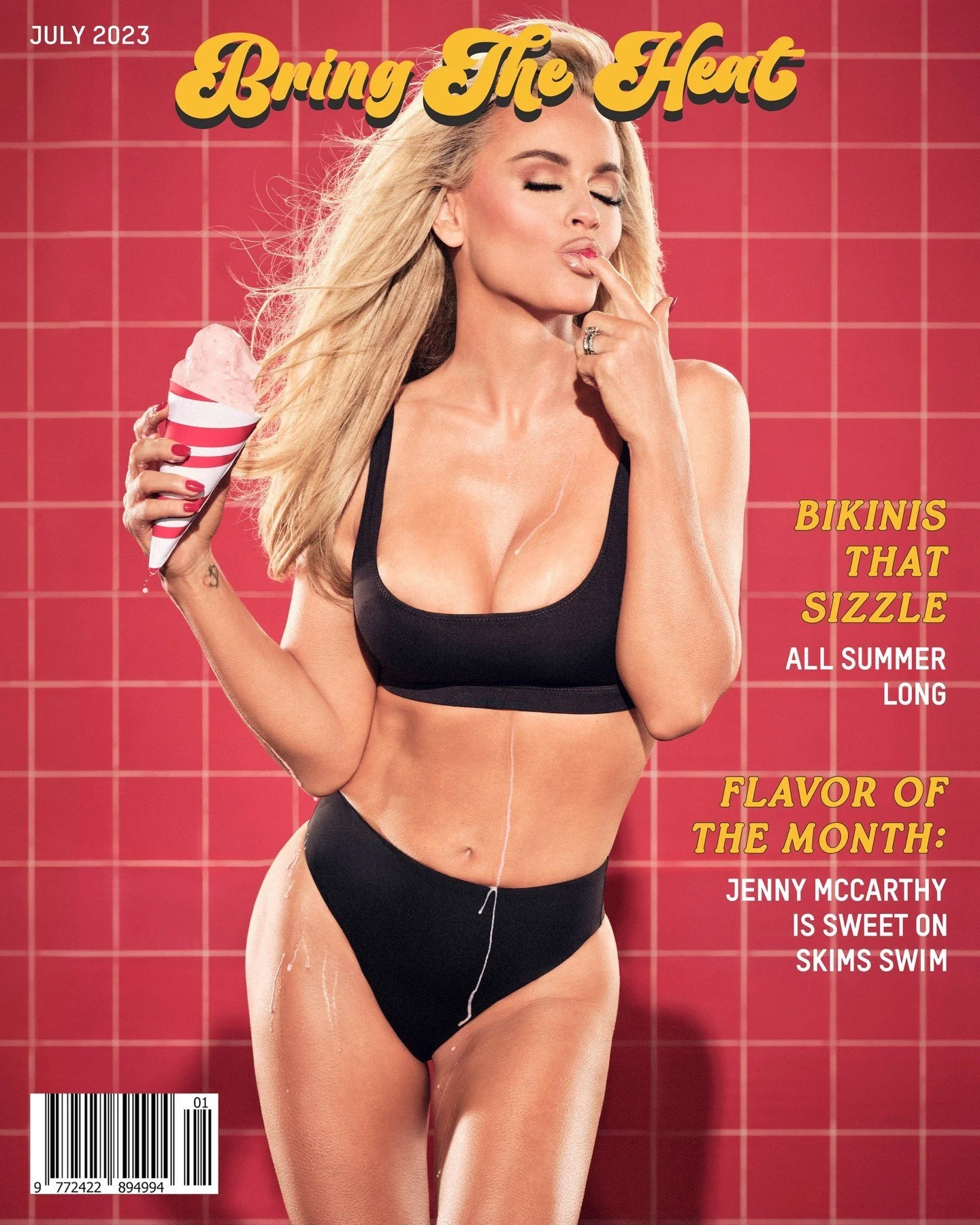Is Fashion's Size Zero Obsession Really Ending?
/Marc Jacobs talked real women in womanly shapes at last week’s Alliance Française talk series in Paris.
The designer reflected on his successful Fall 2010 Louis Vuitton show in which he used more voluptuous models like Elle Macpherson and Laetitia Casta. “Even if you had no idea about fashion and had never looked at fashion, you would say, ‘Wow, look how beautiful those women look.’” via The Independent
(All photos, French Elle April 2010)
Jacobs added that heterosexual men — who don’t prefer women to look like boys — approached him after the show to congratulate him on his New Look. Being gay himself, but a male designer who has always approached women with respect, I find this comment interesting.
Much of my writing as focused on the subliminal desire of some men designers to blot out women’s sexuality, making the standard of beauty so thin that a woman loses her fertility. One in particular comes to mind. Actually two, but for different reasons.
Respected fashion blog, The Imagist, also added to the debate, writing on March 22: “There’s an unwritten memo now circulating […] amongst a tight circle of model-makers and the message is this…the directive of the 00’s to have armies of blank, disposable, lookalike girls marching at the service of the campaigns, magazines and the runways is over. via The Independent
Not that I blame men for this entire size zero mess that screwing up women’s self-perception. Size-zero women and their wannabes write Mao’s Red Book for heaping on the fat guilt.
Is the size zero cultural revolution really over, as Jacobs says? Frankly, we’re so conditioned to notice every ounce of fat on bodies, that the change will take some undoing.
The most American girl of institutions, the Girls Scouts Research Institute, partnering with the Dove Self Esteem Fund, surveyed girls on body image.
60% of teenage girls say that they “compare their bodies to those of fashion models” and 48% say that they wish they were as skinny as the models in fashion magazines. 65% think that the female bodies they see walking the runways and gracing the pages of fashion magazines are “too skinny” and 63% think that such a body shape is “unrealistic.” Forty-seven percent say that “the fashion industry body image looks unhealthy” and 28% say it looks “sick.” via Huffington Post
In spite of exhibiting critical thinking about unhealthy models of the last decade, one in two girls wants to look like them.
Millions of women worldwide have absorbed those images and we won’t blot them out of our beauty visions overnight. Like rats eating junk food, the message has sunk in.
From my perspective, we don’t understand the full range of self-loathing women feel over not being thin enough. It’s a huge contradiction in self-perception, given our growing global obesity problem. Fatness is a problem for many reasons, but I do believe that self-loathing is one of them. If you don’t love the woman in the mirror, you eat for many complex, psychological reasons.
(Note, we publish all the research about sugar and today’s research on junk food impacting our brains. We do not hold women exclusively responsible for being overweight because they lack self-respect. But it is a strong factor.)
Publishing new research from Arizona State University, Naomi Mandel says that fuller-figure models in ads actually depress women’s self-esteem. Mandel challenges the effectiveness of Dove’s approach.
My criticism of Mandel’s research is that it’s on college age women, who are totally vulnerable on self-image issues and positive about dieting themselves to a fashion-right weight. The Girl Scout research confirms this intelligence gap in self-perception around healthy body size and young women’s desire to meet the beauty standard.
I agree with Michelle Weiner says it may take years before women fully accept more realistic images in advertising. “Decades of seeing only thin models may have conditioned consumers to accept that as the norm,” she says. “You have to take into account what’s familiar. If we had five, 10 or 20 years of more realistic imagery in advertising, it would be interesting to see the consumer loyalty around that.”
